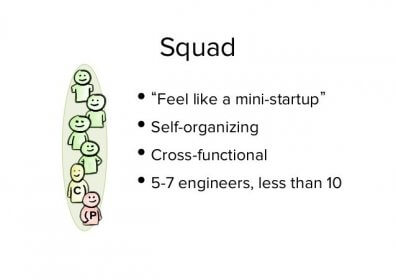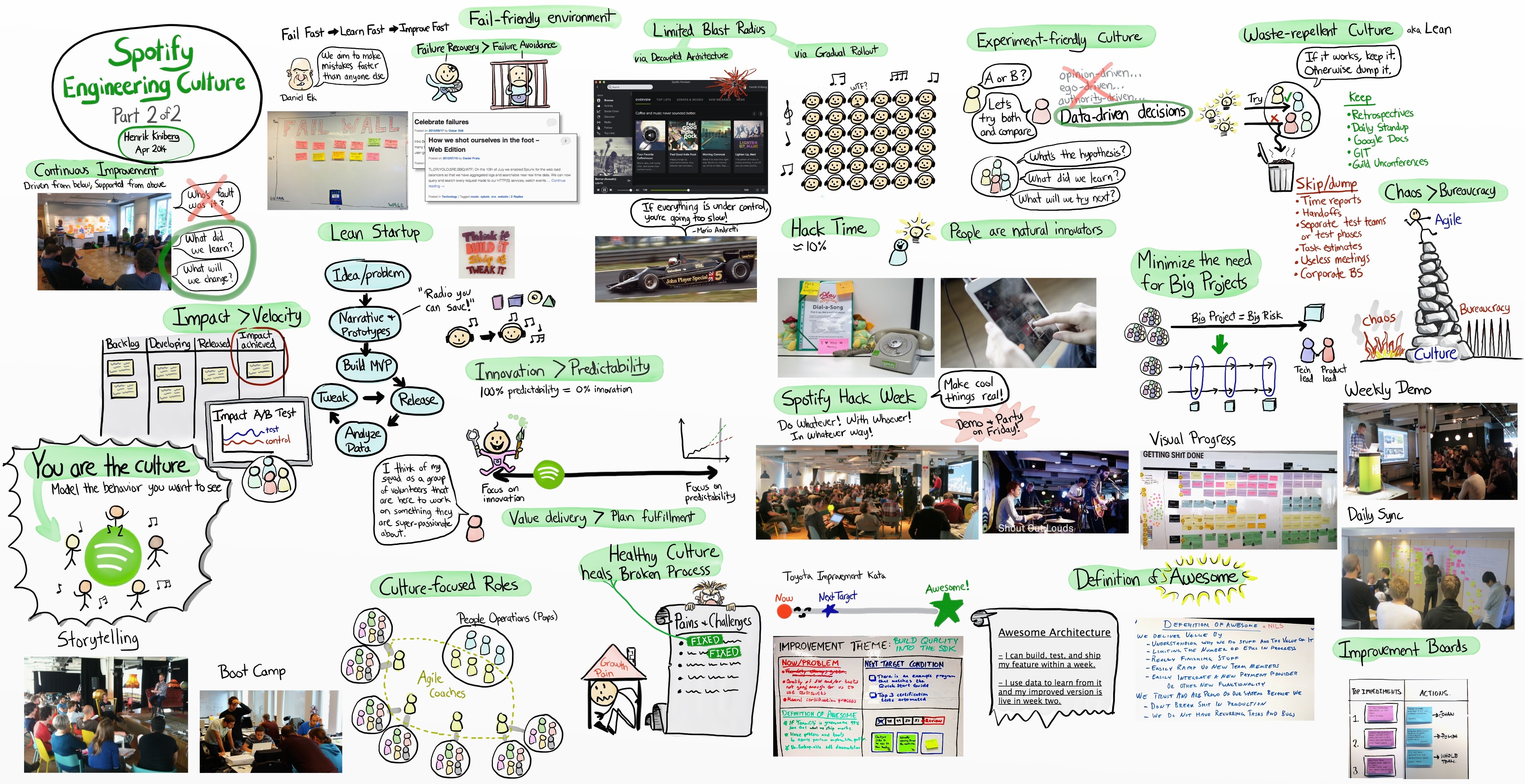The landscape of project management has evolved significantly, with organizations adopting more flexible and dynamic models to keep pace with rapid change. Among these innovative models, the Spotify Model has gained substantial attention due to its unique approach to agile working. This article aims to demystify the Spotify Model, highlighting why businesses should consider it and exploring its intrinsic elements – Squads, Tribes, Guilds, and Chapters. It also provides insight into implementing the Spotify Model, its benefits, and challenges.
What is the Spotify Model?
The Spotify Model is an agile framework developed by Spotify, the world’s most popular audio streaming subscription service. The model has gained recognition for its unique approach to scaling Agile that promotes autonomy, mastery, and purpose. While it was initially designed to manage the rapid growth of the company, the Spotify Model provides a structured way to foster innovation, learning, and teamwork in any organization, regardless of its size or industry.
Why Companies Should Consider the Spotify Model
The primary reason organizations should consider adopting the Spotify Model is its focus on people and interaction over processes and tools. It fosters a culture of autonomy, encouraging teams to be self-organizing and make their own decisions, rather than relying on directives from top management. This approach facilitates creativity, innovation, and rapid problem-solving.
Additionally, the Spotify Model promotes adaptive planning and a flexible response to change. It allows organizations to remain competitive in a fast-paced market, continually innovate, and promptly respond to changing customer needs.
Key Elements of the Spotify Model: Squads, Tribes, Guilds, and Chapters
Squads
A Squad is a basic unit in the Spotify Model. It’s a small, cross-functional, self-organized team with typically no more than eight members. Each Squad is responsible for a specific feature or component of the product and has the autonomy to decide how to work and what tools to use.

Tribes
Tribes are groups of Squads that work in related areas. A Tribe is led by a Tribe Lead and has a shared physical workspace to promote interaction and collaboration among Squads. The Tribe Lead acts as a servant leader, eliminating roadblocks and fostering an environment conducive to productivity and creativity.
Guilds
Guilds are communities of interest that span across the organization. They gather people from different Tribes and Squads who share common skills, interests, or roles. The objective of Guilds is to foster learning, knowledge sharing, and continuous improvement across the organization.
Chapters
Chapters are a family of Squads that share a competency, such as testing or frontend development. A Chapter Lead, who is also a member of a Squad, facilitates the group. They are responsible for people management and continuous development of the specific competency within the Chapter.
The Essence of the Spotify Model
The Spotify Model is fundamentally about creating a structure that promotes agility, continuous learning, and innovation. Its essence lies in the following principles:
- Autonomy: Squads have the power to make their own decisions and choose how to achieve their objectives.
- Alignment: Despite the autonomy, all Squads work towards common organizational goals, ensuring alignment.
- Trust: The Spotify Model is based on the principle that employees do their best work when they are trusted and empowered.
- Servant Leadership: Leaders serve their teams by providing support and removing obstacles, rather than directing work.
- Community and Collaboration: The Model encourages a sense of community and collaboration across all levels of the organization.
Adapting the Spotify Model
Adopting the Spotify Model requires a significant shift in the organizational mindset. Here are some steps to facilitate this transition:
- Promote Autonomy: Foster a culture of autonomy, where teams are empowered to make decisions.
- Establish Agile Squads: Form cross-functional, self-organizing teams responsible for specific areas of the product.
- Define Shared Goals: While fostering autonomy, ensure all teams have a clear understanding of the organization’s vision and objectives.
- Develop Servant Leaders: Leadership should focus on serving teams, removing obstacles, and providing support.
- Encourage Communities of Interest: Create spaces for people with shared interests or roles to collaborate and share knowledge.
Benefits of the Spotify Model
Adopting the Spotify Model comes with several benefits:
- Increased Agility: The model fosters agility, allowing organizations to respond swiftly to market changes.
- Improved Innovation: With autonomous Squads, there is a marked increase in innovation.
- Enhanced Employee Satisfaction: The Model promotes a sense of ownership, leading to higher job satisfaction and employee retention.
- Faster Time to Market: As Squads work independently, product features can be developed and launched faster.
Challenges in Adoption
Despite its benefits, there are challenges in adopting the Spotify Model:
- Cultural Shift: It requires a significant shift from traditional hierarchical structures to a culture of autonomy and trust.
- Risk of Silos: Without proper alignment, the Model can lead to silos, with Squads becoming isolated.
- Scaling Challenges: While the Model works well for Spotify, scaling it to a larger organization can be challenging.
OKRs and KPIs in Spotify Model
Key to the successful implementation of the Spotify Model is the effective use of Objectives and Key Results (OKRs) and Key Performance Indicators (KPIs). OKRs ensure alignment among autonomous Squads, Tribes, and Chapters, while KPIs measure their performance.
Common OKRs and KPIs in the Spotify Model include the speed of delivery, quality of output, customer satisfaction, Squad autonomy level, and the degree of alignment with the company’s strategic objectives.
In Conclusion
The Spotify Model offers an innovative approach to fostering agility, autonomy, and innovation in organizations. While it comes with challenges and may not be a fit for every organization, its successful implementation can offer improved productivity, faster time-to-market, and increased employee satisfaction.
References
https://www.agility11.com/blog/2020/6/22/spotify-doesnt-use-the-spotify-model
https://blog.exellys.com/spotifys-engineering-culture-an-introduction/
Thanks,
Onur Baskirt

Onur Baskirt is a Software Engineering Leader with international experience in world-class companies. Now, he is a Software Engineering Lead at Emirates Airlines in Dubai.




